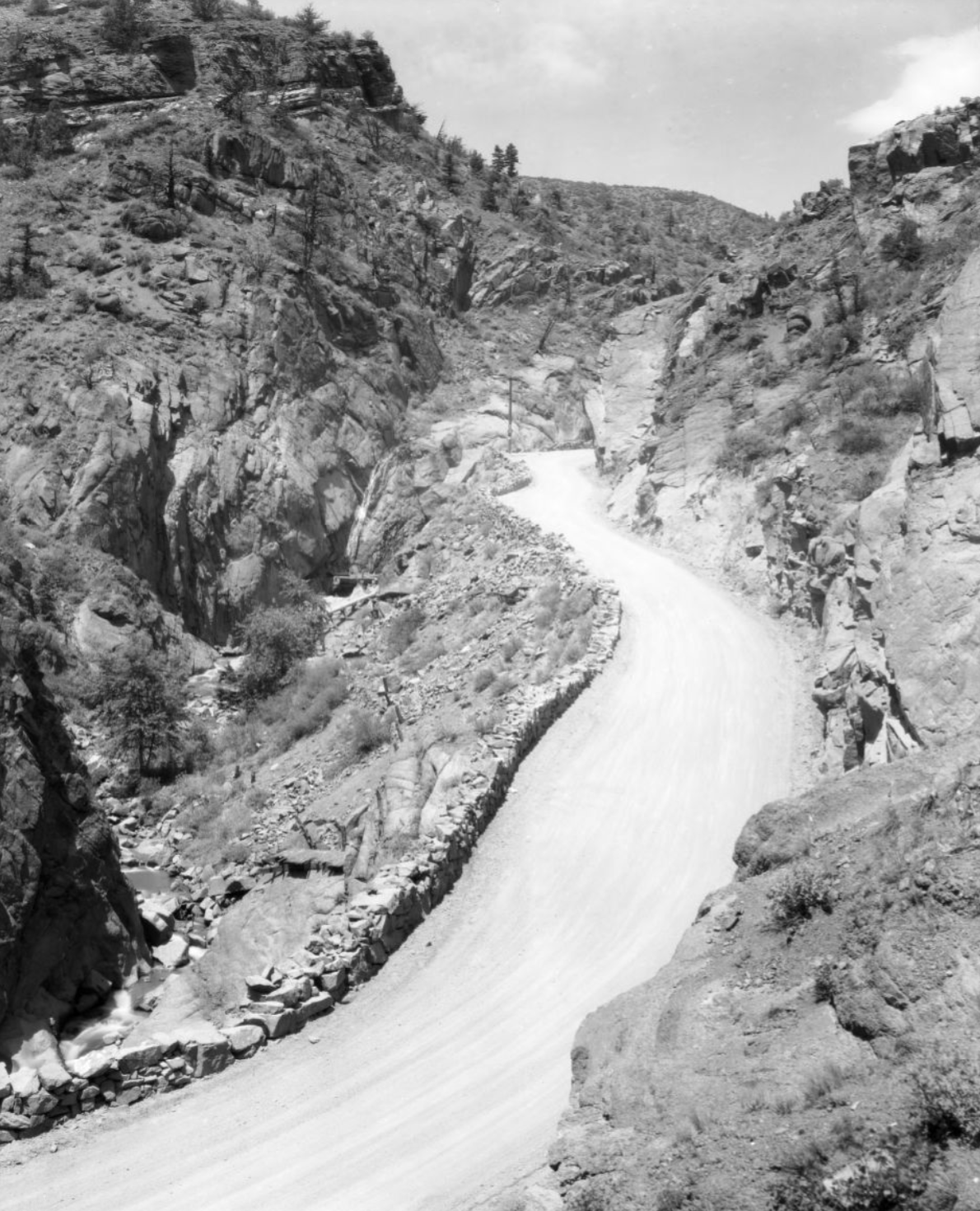Exploring Colorado's Majestic Pikes Peak Highway
/The Pikes Peak Highway is breathtaking and takes you on a scenic adventure through the heart of Colorado's natural beauty. Located just a short drive from downtown Denver, this iconic highway offers a remarkable experience filled with stunning vistas, outdoor activities, and a sense of adventure. Below we'll provide you with directions from downtown Denver, highlight five must-visit attractions along the way, and discuss the history of the famed road.
Directions from Downtown Denver to Pikes Peak Highway:
Head south on I-25 towards Colorado Springs.
Take exit 141 for US-24 West towards Manitou Springs.
Follow US-24 West for approximately 4 miles until you reach the entrance to the Pikes Peak Highway on your right.
People ride in Duesenberg race car number "12" during the annual Pikes Peak National Hill Climbing Contest on the Pikes Peak Highway. — El Paso County, Colorado.
Trip Highlights Along the Pikes Peak Highway
Crystal Reservoir Visitor Center
As you embark on your journey, stop at the Crystal Reservoir Visitor Center. Here, you can learn about the history and geology of the area while taking in stunning views of Pikes Peak and Crystal Reservoir.
Don't forget to capture some memorable photos!
Devil's Playground
Located at an elevation of 12,780 feet, Devil's Playground is an otherworldly landscape featuring unique rock formations. Marvel at the striking beauty of this natural wonder and feel the exhilaration of standing at such an impressive altitude.
Summit of Pikes Peak
Reaching an elevation of 14,115 feet, the summit of Pikes Peak is the ultimate highlight of your journey. Enjoy panoramic views of the Rocky Mountains, Colorado Springs, and even glimpses of neighboring states. Savor the cool mountain air and perhaps indulge in a famous Pikes Peak donut at the Summit House.
Cascade Falls
On your way back down from the summit, make a stop at Cascade Falls, a beautiful waterfall cascading down a rocky cliff. Take a short hike to the falls and feel refreshed by the sight and sound of rushing water in the midst of the picturesque surroundings.
Glen Cove Inn
Before concluding your trip, make a final stop at the Glen Cove Inn. Situated at an elevation of 11,440 feet, this cozy mountain inn offers a chance to rest, grab a bite to eat, and soak in the stunning alpine scenery before you continue your journey.
Pikes Peak Highway, Granite Canyon, west of Colorado Springs, Colorado.
The history of the Pikes Peak Highway is intertwined with the rich heritage and exploration of the American West. It all began in the 19th century when the Pikes Peak region became a focal point of interest for pioneers and adventurers seeking new opportunities and natural wonders.
Early Explorations
In the early 1800s, the Pikes Peak region was explored by renowned American explorer Zebulon Pike. In November 1806, Pike led an expedition to reach the summit of what is now known as Pikes Peak, but the harsh winter conditions prevented them from achieving their goal.
Gold Rush Era
The discovery of gold in Colorado in the mid-1800s triggered the famous Colorado Gold Rush, attracting a wave of prospectors to the region. Pikes Peak became a symbol of hope and opportunity, drawing thousands of fortune seekers hoping to strike it rich. The need for a reliable transportation route to Pikes Peak became evident as the gold rush intensified.
Ute Pass. El Paso County, Colorado.
Early Trails
Various trails were established to access Pikes Peak during this period. The Ute Pass Trail, which followed an ancient Native American pathway, provided one of the primary routes to the region. The trail facilitated the movement of people, supplies, and equipment required for mining operations and settlement.
The Carriage Road
In the late 19th century, a visionary entrepreneur named Spencer Penrose recognized the need for an improved road to Pikes Peak to accommodate the growing interest in tourism and recreational activities. In 1915, Penrose financed the Pikes Peak Carriage Road construction, which was initially a gravel road and later paved with concrete. The road, spanning approximately 19 miles, offered breathtaking views and became a popular attraction.
Two people sit and stand in an automobile on the Pikes Peak Carriage Road. El Paso County, Colorado.
Pikes Peak Highway
In 1932, the Pikes Peak Highway replaced the original Carriage Road, offering a more expansive, safer, and more accessible route to the summit. The highway was a monumental engineering feat involving the construction of bridges, tunnels, and retaining walls along the steep mountainside. The road was eventually fully paved and became a symbol of engineering excellence.
Modern Developments
Over the years, the Pikes Peak Highway underwent various improvements and upgrades to enhance safety and visitor experience. The addition of guardrails, better signage, and improved facilities like the Crystal Reservoir Visitor Center and Summit House contributed to the highway's popularity as a tourist destination.
Today, the Pikes Peak Highway stands as a testament to human ingenuity and a gateway to the extraordinary beauty of the Rocky Mountains. It continues to draw adventurers, nature enthusiasts, and those seeking an awe-inspiring drive to the summit of Pikes Peak, leaving visitors with a sense of wonder and appreciation for the historical significance of this remarkable highway.

































